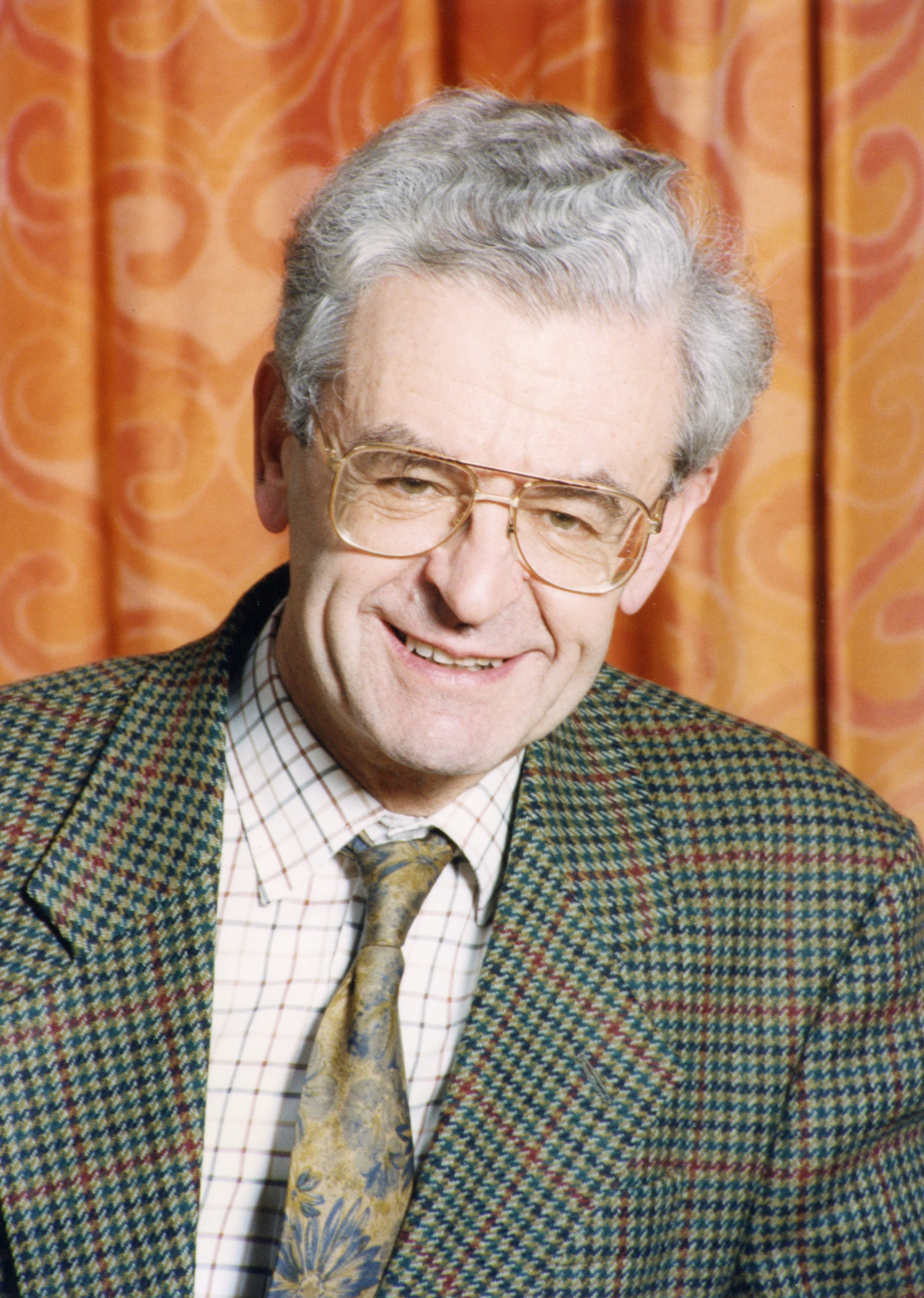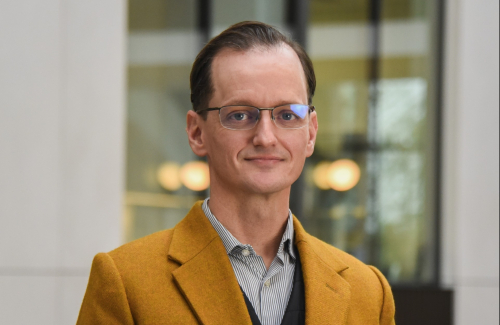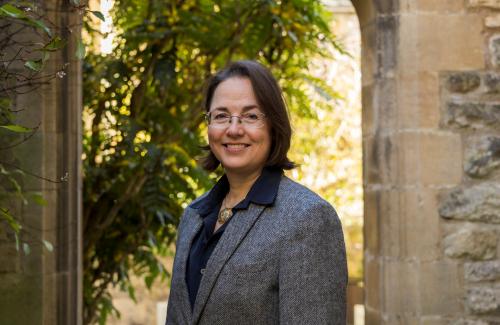More Pembroke news
Professor Ian Philip Grant (1930 – 2025)
NEWS |

We are saddened to report the recent death of Emeritus Fellow of Pembroke and Mathematical Physicist, Professor Ian Grant.
Ian had been a part of the Pembroke community for seventy years, as a postgraduate lecturer, researcher, Fellow, and Acting Master. He will be greatly missed by the Pembroke community.
Ian’s first connection with Pembroke came nearly ten years before his appointment to a permanent position here. Having completed his undergraduate studies as a Natural Science Open Scholar at Wadham College from 1951 – 1954, he was in the midst of a DPhil while a Research Student in Clarendon Laboratory when he began teaching for Pembroke. This experience would later encourage him to apply for his position as a Research Fellow here.
In the years following his DPhil, Ian spent time as a National Serviceman, having been called up to the Royal Signals at the age of 24. Owing to his academic qualifications, he was posted as a Sergeant to the Atomic Weapons Research Establishment in the Mathematical Physical Division of the Atomic Energy Authority, where he continued as Senior then Principal Scientific Officer until his appointment as Research Fellow in Mathematics at Pembroke in 1964.
Ian held this post, alongside a joint appointment as Atlas Research Fellow at the Atlas Computer Laboratory at Chilton, until in 1969 he was made a full Fellow at Pembroke and Lecturer in Mathematics. This election made him Pembroke’s first Official Fellow in Mathematics since Charles Leudesforf, who had held the position from 1873 – 1906 – a claim in which, according to John Platt, Ian took great pride.
During his Fellowship, he served in multiple additional roles. He was Dean for a number of years between 1965 and 1971; Tutor of Admissions from 1977 – 1982, including over the significant first years of women’s admission to Pembroke; and Vicegerent from 1984 – 1987.
His appointment as Vicegerent came shortly after the death of then Master Sir Geoffrey Arthur, landing him with the additional role of Acting Master. He shouldered much of the burden of the administering of the College at a time of great change, overseeing the appointment of a number of new Fellows as well as a new Master, Sir Roger Bannister, in 1985. In a Gaudy speech that year, Ian spoke of this experience: “I know Peter [Cuff] will agree with me when I say that the position of Acting Master is very exposed—as the baboon said, ‘The higher one climbs up the tree, the more one reveals one’s less attractive attributes.’ I can only say that the view of the College from the top is exhilarating and goes a long way to make up for the discomfort of such a precarious position.”
Alongside his numerous College duties, his research career in computational physics was flourishing. He authored well over 200 journal articles and made significant contributions to the fields of relativistic atomic and molecular structure, transfer theory and applications. He was responsible for developing mathematical theory around relativistic effects in atomic physics, writing computer codes which are used worldwide. He is internationally recognised as the principal author of GRASP, the General Relativistic Atomic Structure Programme.
In an article in the 1991 Pembroke Record, Ian wrote of his work on super computers: “it is not an enterprise for the faint-hearted; at times it seems a bit like climbing the Himalayas. You think the summit is in sight and then you fall down a crevasse. Life is anything but dull…”
In 1990 his distinction in the field was recognised with his promotion to a Readership in the University, followed in 1992 by his appointment to a personal chair as Professor of Mathematical Physics. That same year he was elected a Fellow of the Royal Society. He held roles at the Faculty as well as in College, as a member of the Board from 1991 and Vice Chairman then Chairman from 1993 – 1996.
His retirement in 1998 saw him elected Emeritus Fellow of Pembroke and Emeritus Professor of Mathematical Physics. In 2013 he was appointed as a Visiting Professor of the Department of Applied Mathematics and Theoretical Physics at the University of Cambridge, working within the Atomic Astrophysics Research Group.
Despite his prestigious research achievements, Ian far from neglected his relationships with those around him. His popularity among colleagues and former students alike was clear at his retirement dinner, which saw a great number of former students in attendance, keen to show their gratitude. John Platt spoke fondly of Ian and his wife Beryl’s reputation at Pembroke: “Their unfailing warmth and cheerfulness meant that colleagues and visitors to Pembroke always looked forward to Ian’s and Beryl’s presence at any social function, as did the many generations of his pupils who enjoyed the Grant hospitality at their home in Woodlands Close.”
Ian will be warmly remembered by generations of Pembrokians as an excellent tutor, a loyal colleague, and a kind friend.

